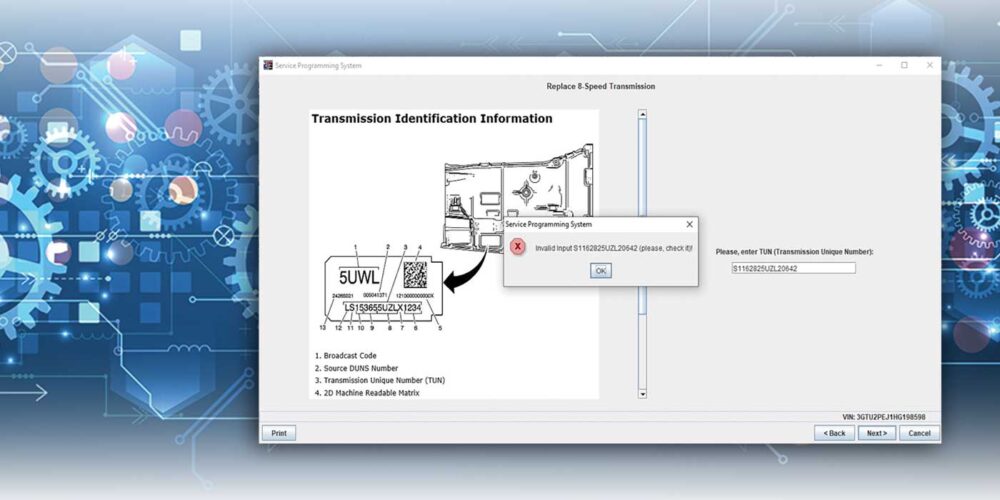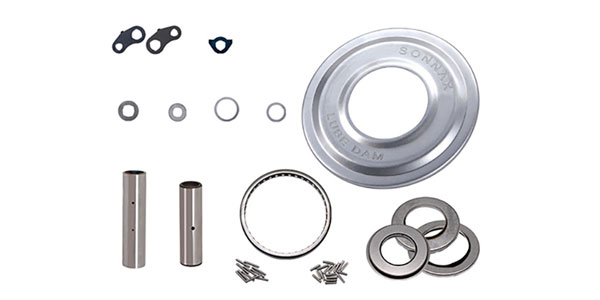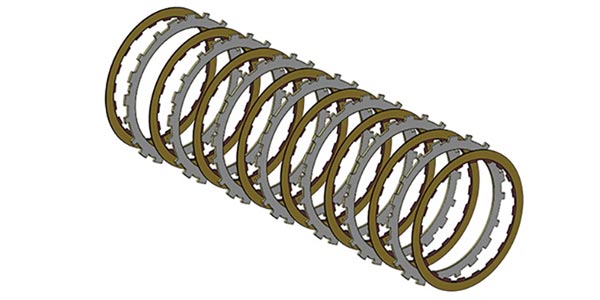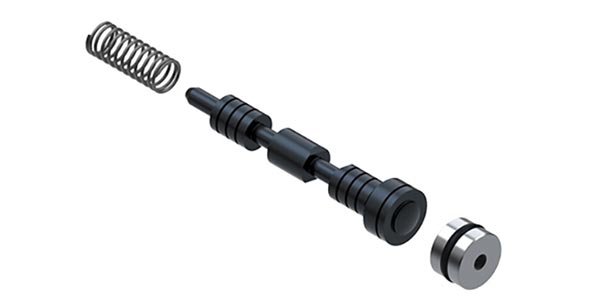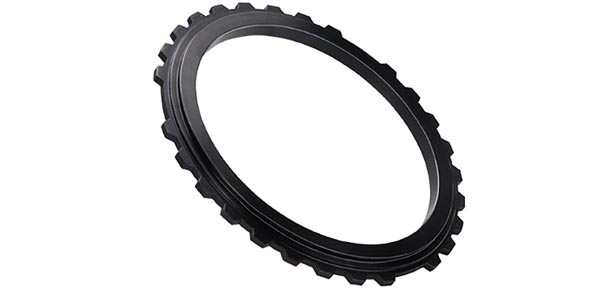By now you may have heard of, or even experienced, a GM 8L45 or 8L90 transmission with a no-move or no-pressure condition. Conditions of no movement or no pressure after repair have plagued this unit since its inception. Here’s what you can do about them.
Condition 1: No movement after fast learn or programming
If a no-movement condition is experienced after a fast learn or J2534 programming procedure is performed, remove the key from ignition, get out of the vehicle, shut the doors and return 15 minutes later. The problem will usually be remedied and back to normal, simple as that.
Condition 2: Pump prime failure
The 8L45/8L90 “off-axis” chain-driven pump assembly is presented by GM as a state-of-the-art, highly efficient pump with great self-priming capabilities. Contrary to that, we continue to receive reports in the field with no movement and no line pressure when units are installed. There is a quick and easy solution for this: a simple pump prime process while the unit is still on the bench.
The bench prime procedure is as follows: With the valve body top facing down in a medium-size, clean drain pan, place the manual valve in Park (first land flush with casting), insert a funnel into the suction of the pump and fill it with ATF. Next, rotate the pump shaft clockwise with a half-inch chuck electric drill to prime the pump.
Read more columns from the TASC Force Tips series here.
Condition 3: Pressure regulator valve assembly error
Either no, low or high line pressure may be caused by an incorrect assembly of the pressure regulator valve. The inner shuttle boost valve and bushing must be installed facing inboard for boost, but occasionally it will mistakenly be installed outboard, which results in a low- or no-pressure condition. The main regulator valve and spring must also be installed correctly as shown in Figure 1.
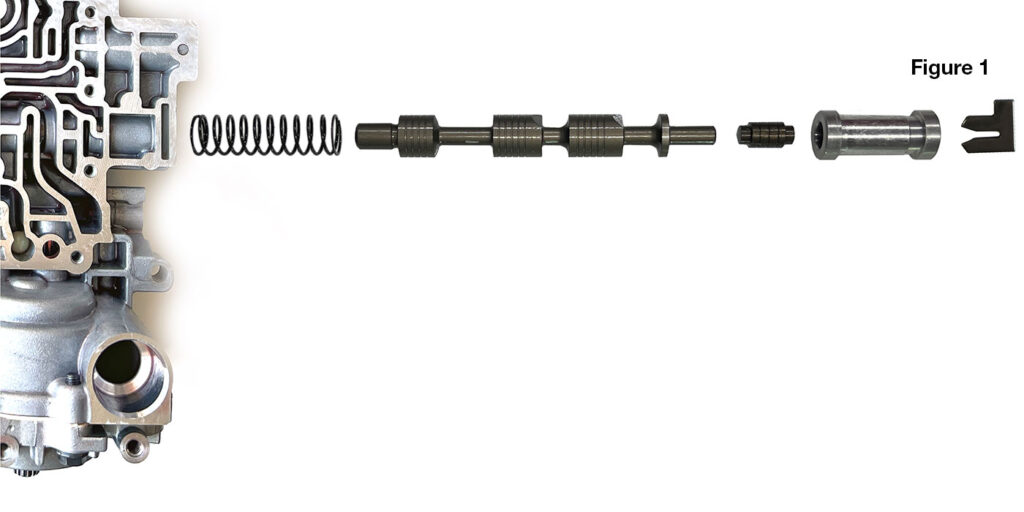
Condition 4: Wrong valve body
If you are replacing an 8L45 or 8L90 valve body, make certain to not install a stop-start valve body on a non-stop-start transmission/vehicle. This creates a leak in the rear section of the valve body area at the location where the stop-start accumulator would normally be attached to the rear of the valve body (Figure 2).
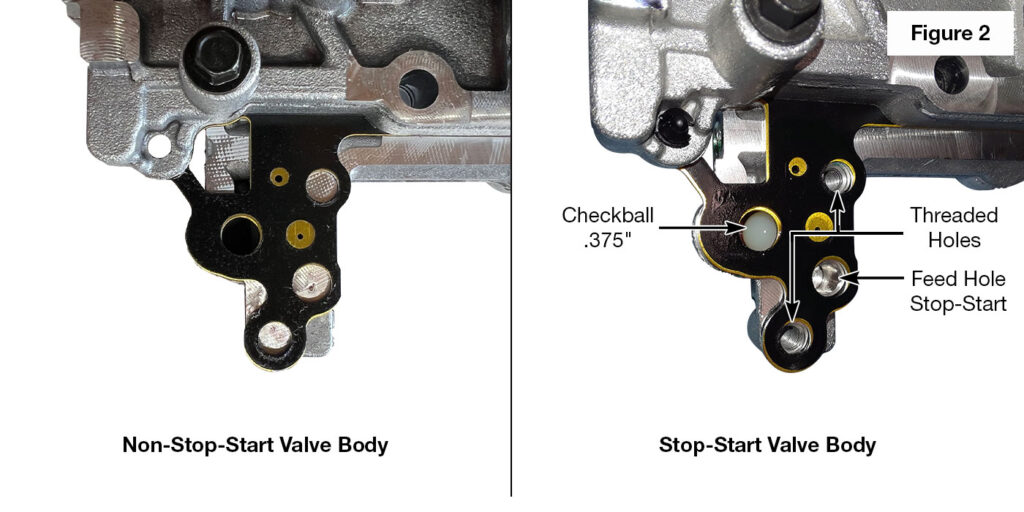
Condition 5: No line pressure
New OE valve bodies have what some GM techs call a test port: a plug bolted in a hole of the new OE valve body casting that is different than the original valve body (Figure 3). If this plug is removed, it leaves a huge leak, dumping line pressure.
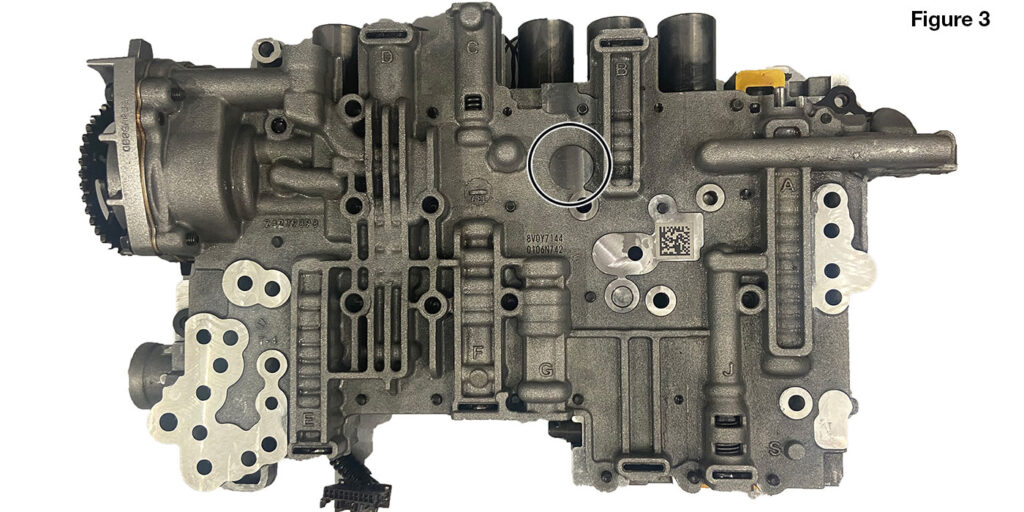
Condition 6: 1-2-7-8-R case seal not installed
There are tech bulletins for using the correct seal in 8L45 versus 8L90, but some are leaving this 1-2-7-8-R seal out altogether. Pay attention: Do not forget to install this seal in case underneath the valve body 8L45 seal.
There are, of course, several other reasons that GM 8L45 and 8L90 units will not move and have no pressure, but the above examples cover the common conditions we run into regularly. If unit has basic function, failsafe/default gears are second and Reverse. Concentrate closely on this unit, as it has a great deal of parts.
Jim Mobley is a Sonnax technical communications specialist. He is a member of the Sonnax TASC Force (Technical Automotive Specialties Committee), a group of industry technical specialists, transmission rebuilders and Sonnax technicians.





